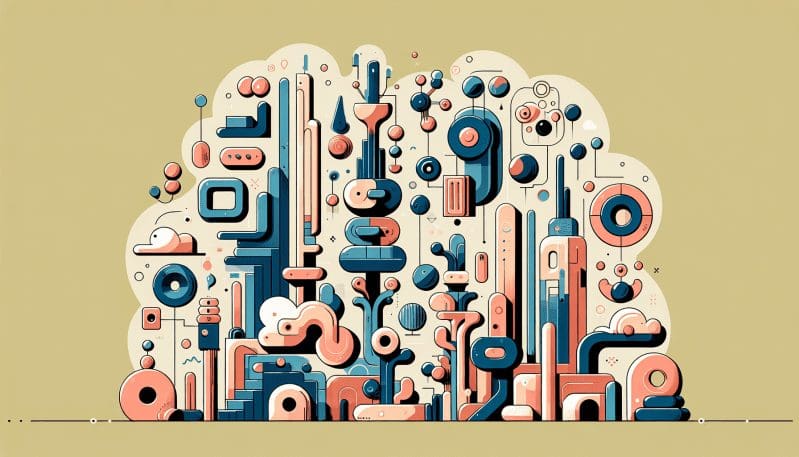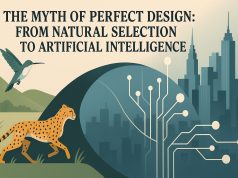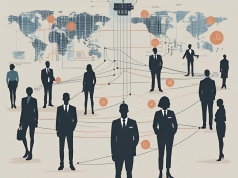As the dust settles on a world reshaped by the COVID-19 pandemic, businesses are looking at the ruins of conventional wisdom and asking: What does the future of work look like? For a time that has been marked by remote work setups, Zoom fatigue, and digital transformation, it’s clear that the traditional hierarchy—once the bedrock of organizational structure—is undergoing seismic shifts.
In this exploration by The Work Times, we delve deep into the changing paradigms of how companies are structured and managed in response to the extraordinary challenges of a global health crisis. The pandemic has not only altered our personal lives but has also transformed the very fabric of our workplaces.
Before March 2020, organizational charts were largely predictable, with clear lines of authority and decision-making. The CEO sat at the top, followed by the C-suite executives, then middle management, and finally the rest of the workforce. This hierarchy was designed to ensure accountability, streamline decision-making, and delineate roles and responsibilities. But as the pandemic forced companies into remote work, the limitations of this model quickly surfaced.
The first challenge was maintaining productivity without physical oversight. Traditional hierarchies rely heavily on managers being physically present to oversee and drive employee performance, but with remote work, the emphasis shifted from supervision to trust-based output. Companies that adapted by empowering employees with flexibility and autonomy often saw an increase in productivity and employee satisfaction.
Next, we must consider employee well-being. The stress of the pandemic, coupled with the new remote work environment, put employee mental health in the spotlight. Organizations had to pivot, offering more robust well-being programs and empathetic leadership. This shift signified a move towards a more people-centric approach, where hierarchies became flatter to facilitate open communication and support.
Despite this, not all companies could transition smoothly. Some struggled to adapt their IT infrastructure, others faced cultural barriers, and many grappled with maintaining a cohesive company culture in a virtual environment. It became apparent that the adaptability of an organization’s structure was a key determinant of its resilience.
As we analyze the strengths and weaknesses of traditional versus contemporary organizational models, several themes emerge. Flatter structures have been linked to increased agility and faster decision-making—both crucial in a crisis. However, they also come with challenges, such as potential role ambiguity and the need for more sophisticated coordination mechanisms.
Looking to the future, it’s unlikely that the traditional hierarchy will vanish completely. However, the post-pandemic workplace may feature a more hybrid model that combines the best of both structures. Decision-making might be decentralized to promote agility, while certain elements of hierarchy are retained to maintain order and clarity.
But these structural changes are just one part of the equation. The future of work will also depend on a company’s culture, communication practices, and leadership style. As organizations move forward, they will need to consider how these elements interact with and support their chosen structure.
In conclusion, the pandemic has proved to be a catalyst for organizational change. As we step into the future, it’s evident that businesses must evolve to meet new challenges head-on. The post-pandemic world calls for flexibility, innovation, and a reimagining of what it means to be ‘at work.’ Traditional hierarchies may not become extinct, but they will have to coexist and blend with more dynamic and inclusive models.
The Work Times challenges you, our discerning readership, to consider how these changes will shape the workplaces of tomorrow. What will your organization look like in this new era? And more importantly, how will you help shape it?


























